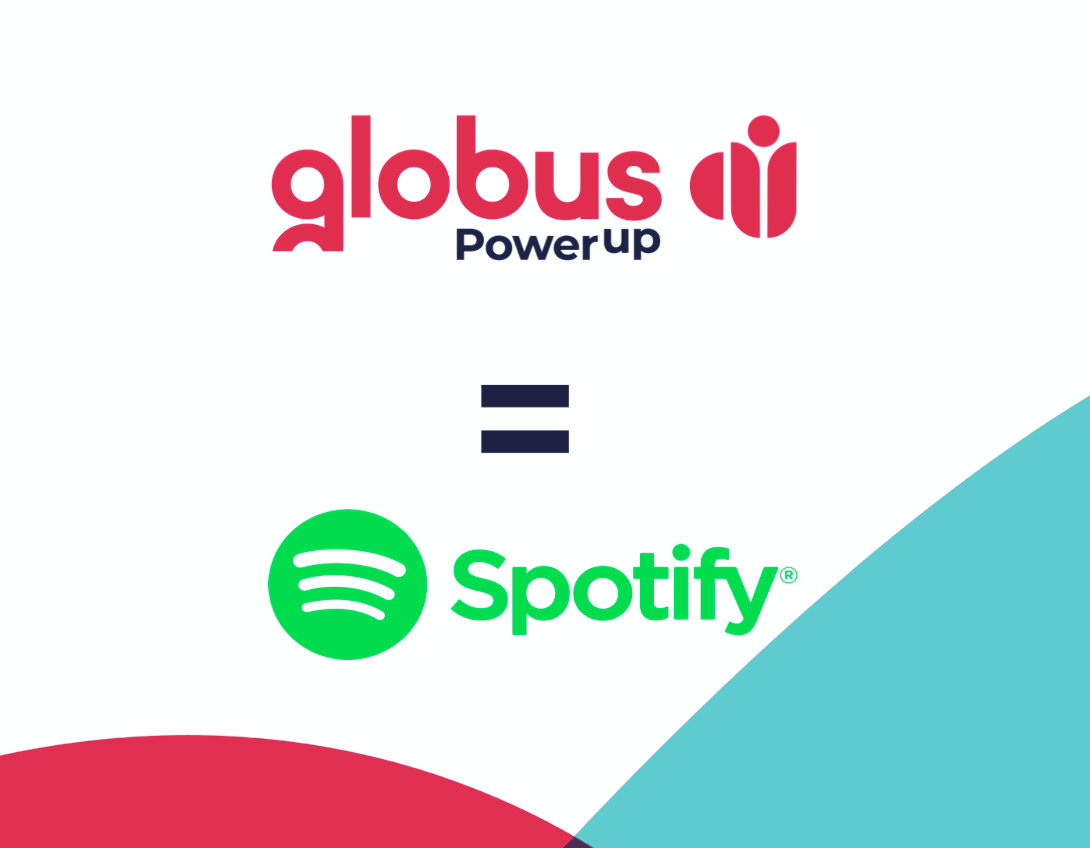
5 ways new technologies have already changed healthcare staffing (and why you should too)
Technology is achieving amazing things in healthcare, improving the lives of healthcare professionals and patients alike. In the future, there won’t be an area of healthcare that’s not impacted by technology, for the better of patient care. Here’s a snapshot of the many ways that technology is improving healthcare staffing.
1. Intelligent staffing solutions
Through artificial intelligence (AI), namely machine learning and automation, staffing agencies and hiring managers have more efficient ways of matching open roles to workers. Improving their time-to-hire and the quality of patient care delivered, as workers can be placed according to their skills, interests and experience. This also creates a more rewarding career for each healthcare professional as they work in areas that align with their ambitions. Which further improves retention of in-demand healthcare talent.
By using an AI-powered staffing assistant, employers can differentiate themselves in a crowded marketplace and become an employer-of-choice. Staffing agencies can place more candidates successfully and rapidly - offering a competitive differentiator.
2. AI in imaging and diagnosis
AI is taking the pressure off of healthcare teams when diagnosing certain conditions and detecting anomalies in medical imaging. Indeed, in diagnosing breast cancer, AI has proven more accurate than human doctors when analysing mammograms. By taking on tasks that are often time-consuming and can be prone to human error, AI is improving patient care and enabling professionals to focus on the patient-doctor relationship.
3. Tech-powered treatments
Technology is also giving professionals better outcomes, resource efficiencies and more time when treating patients. IBM Watson (an AI platform) is helping oncologists decide on the best care approaches for their patients. The AI helps teams to create clinical practice guidelines with the best course of treatment for different cancers. This is then used by doctors to create individualised treatment plans that are likely to have the best efficacy.
4. Educating future professionals
Virtual reality (VR) is being used in medical schools to bring students closer to the action of surgery or dissection. In doing so, students can gain access to operations occurring across the world, regardless of their school’s location. It democratises medical education, because gaining essential medical knowledge and experience is no longer reliant on peering over a surgeon’s shoulder. Simulations can also be used to teach professionals empathy, helping them understand how patients live with dementia and other chronic conditions. They can also practice surgical techniques without the life-of-death pressure of a real-world environment.
5. Pre-empting staffing needs
AI is particularly effective in recognising patterns, which makes it good at predicting upturns and downturns in staffing needs. Some countries, especially in the developed world, are tackling an ageing and obesity crisis and all the comorbidities that occur with this. AI can be used to analyse a population and predict the likelihood of certain diseases like diabetes type 2 and cardiovascular disease. This impacts healthcare staffing decisions, helping organisations prioritise some skills over others.
Indeed, a more novel example comes in the form of Covid-19 - the novel Coronavirus. AI reportedly detected the outbreak before human researchers, by scanning news reports and social media for mentions of a new disease. It is also working to predict the disease’s spread, based on airline tickets and other travel documents. Such technology can be used to track the progress and global spread of a disease, telling organisations what workers should be deployed and where.
Human-centred care
Using technology to improve healthcare staffing may finally help to plug the extensive shortages in the industry. But humans must always be at the centre of this. It’s human teams who treat human patients, and that isn’t going to change any time soon. Humans will always have oversight. Technology will always complement human teams, not replace them. As that’s the best way to treat patients - in partnership, man and machine working together.




